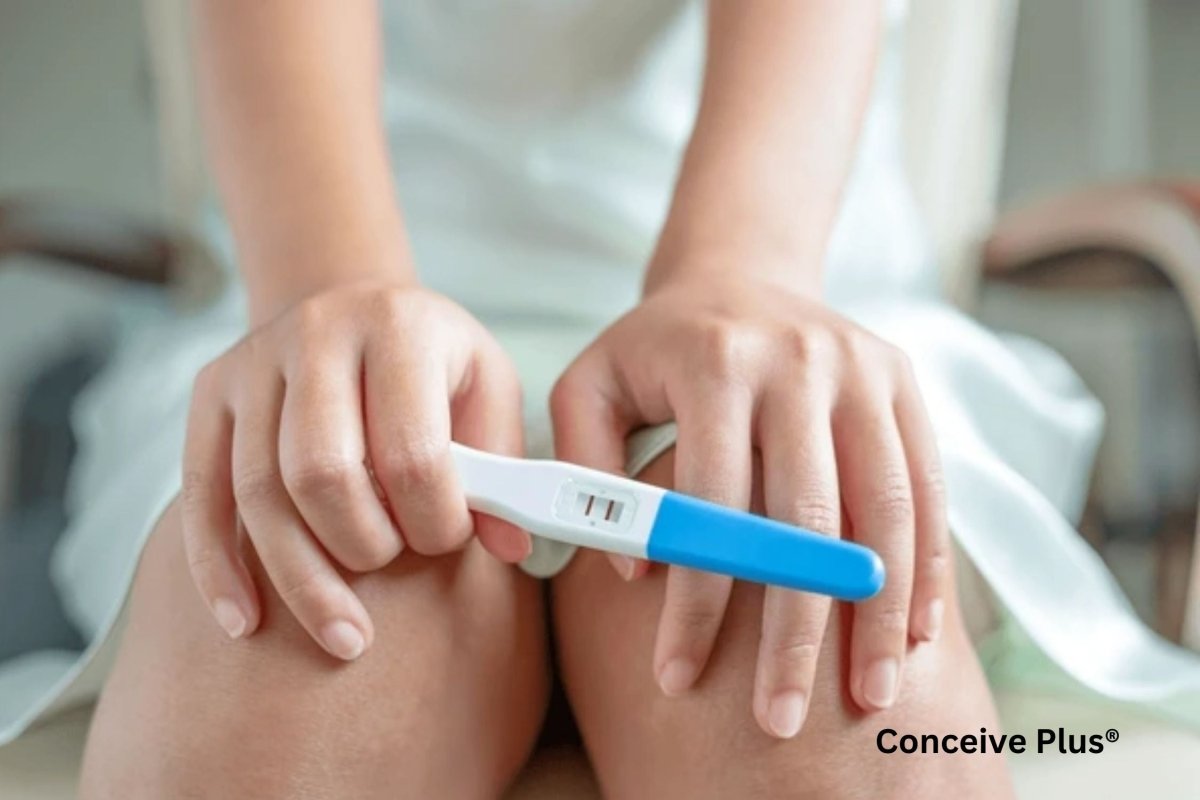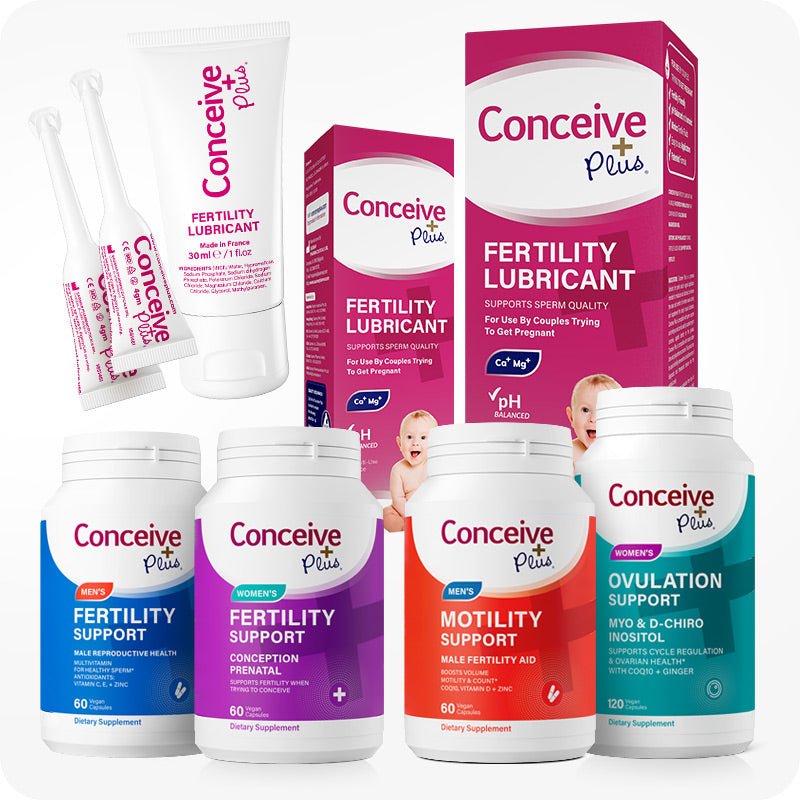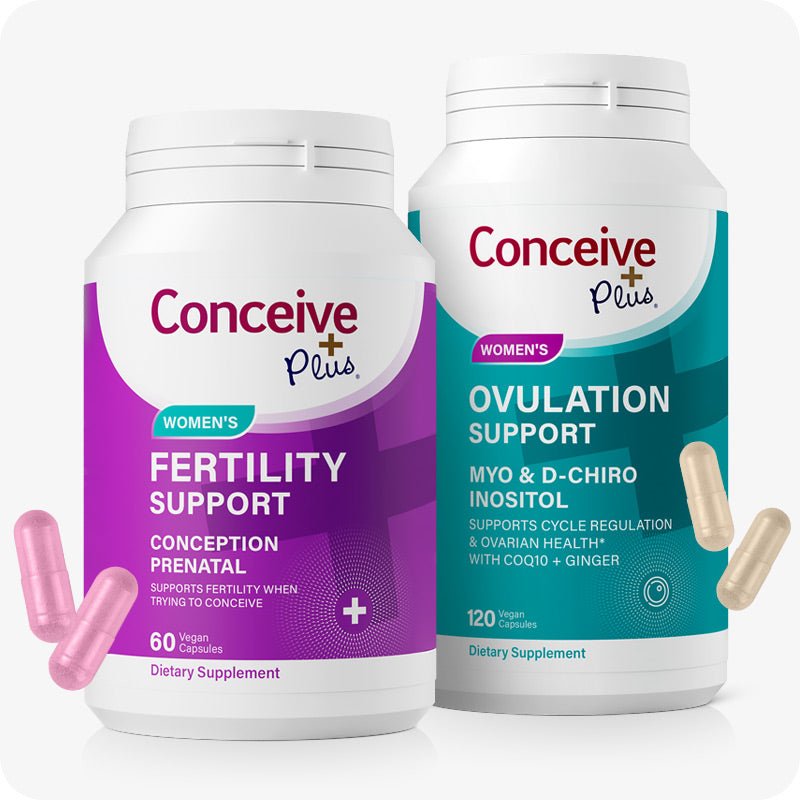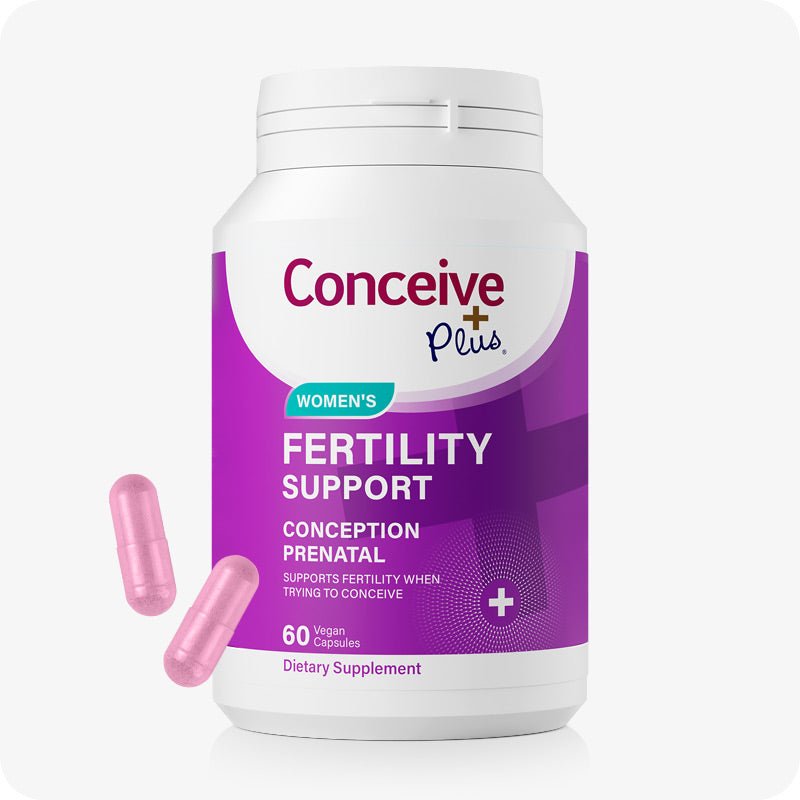Yellowish Discharge Before Period Sign Pregnancy?

Many women pay close attention to their bodies during their menstrual cycle. This helps them spot changes in their bodies, some of which can be confusing. One such confusing topic that most women ask questions about is a change in vaginal discharge.
One common question is whether yellowish discharge before period sign pregnancy. Depending on the time frame and other accompanying symptoms, it may or may not be. In some cases, it may even indicate some serious health issues.
In this article, we will explore the different types of discharge a woman may notice during her menstrual cycle. The article also guides when yellowish discharge can be a sign of pregnancy and when it might indicate an underlying health issue.
Characteristics of a Normal Vaginal Discharge
Vaginal discharge is a normal part of a woman’s reproductive functioning. Different glands inside the vagina and the cervix produce and release this discharge [1]. The primary role of vaginal discharge is to keep the vagina clean and free from infections. The color, consistency, and amount of discharge can change depending on the menstrual cycle phase.
The characteristics of a normal vaginal discharge include:
- Clear or White: During most of the menstrual cycle, the discharge appears clear or white. It can be thin or thick on normal days depending on overall health and body functions.
- Stretchy and Egg-White Like: Around the time of ovulation, when an egg is released, the discharge may become stretchy and feel like egg white [2]. This nature of vaginal discharge helps sperm move easily inside the reproductive system.
- Mild Odor: Normal discharge usually has little to no odor. If you notice a strong or unpleasant smell, it might be time to check with a doctor.
Different changes in discharge are common and can be influenced by hormones, infections, or other factors. Knowing what is normal for you can help you spot unusual changes early on.
What Does Yellowish Discharge Indicate?
You may not notice yellowish vaginal discharge as often as white or clear discharge. It can appear a few days before your period. But is yellow discharge before period a sign of pregnancy or not?
Here are some possible reasons why you might see a yellow tint in your discharge:
- Normal Cycle Changes: Sometimes, as hormones change before a period, the color of the discharge can shift slightly. This does not always mean there is a problem, and it is even common for some women.
- Old Blood: When your body is getting ready for your period, a small amount of blood may mix with your normal discharge. This menstrual blood mixing can give it a yellow or light brown color, which is also not something to worry about.
- Infections: A yellow discharge can also be a sign of an infection in the reproductive tract [3]. Infections like sexually transmitted infections, bacterial vaginosis or yeast infection can lead to yellow vaginal discharge. In most cases, you will experience itching, irritation, or a strong foul odor along with an infection.
- Other Factors: Sometimes, changes in hygiene products or even stress can affect the appearance of your discharge. Stress can impact hormonal levels and change the pattern of your normal cycle. As a result, you may notice a yellow discharge at an unexpected time during your cycle.
Can Yellowish Discharge Be a Sign of Pregnancy?
Many women wonder if a yellow discharge before period sign of pregnancy or not. It may or may not be due to pregnancy, and you can differentiate it based on several factors.
Pregnancy leads to many hormonal changes and these changes can affect your body in different ways, including the color and amount of discharge [4]. However, the most common change in early pregnancy is an increase in clear or white discharge.
This means a yellowish discharge is not a clear sign of pregnancy. It might happen as a part of your normal cycle or due to an infection. In such cases, you should look for other, more reliable early pregnancy signs.
Other Common Signs of Pregnancy
If you suspect you might be pregnant based on the changes in vaginal discharge, you must look for other common signs of pregnancy. However, keep in mind that no single sign can confirm pregnancy, but several signs together might suggest you need to take a pregnancy test or see a doctor.
If you conceive by the end of your menstrual cycle, your body will show the following signs:
-
Missed Period
One of the most common early signs of pregnancy is a missed period. If your cycle is usually regular and you do not get your period on the expected days, it might be a sign of pregnancy. However, a missed period can also be caused by stress, illness, or changes in your routine.
-
Nausea and Vomiting
Many women complain of feeling nauseous in the early days of pregnancy. This is often called morning sickness, although it can happen at any time of the day. This feeling can lead to vomiting in some cases.
You can improve early pregnancy morning sickness with dietary modifications. If dietary modifications do not help, we recommend you consider Morning Sickness Relief by Conceive Plus, a dietary supplement formulated based on scientific evidence.
-
Tiredness and Fatigue
Feeling more tired than usual is another early sign of pregnancy. When you become pregnant, your body works hard to support a growing baby and adapt to the pregnancy-related changes [4]. In addition to physical changes, hormonal changes in the body also contributes to tiredness and fatigue during pregnancy.
-
Breast Changes
In the early days of pregnancy, your breasts might feel sore, swollen, or tender, and the area around your nipples may darken. These changes happen because your body is preparing for milk production. However, tender breasts are also common during periods, so this symptom alone does not confirm pregnancy.
-
Frequent Urination
If you feel the urge to go to the bathroom more often on days when you are expecting your period, it might be a sign that you have conceived. Pregnancy can cause you to urinate more often due to the increased blood flow to your kidneys and changes in hormone levels.
-
Mood Swings
Pregnancy-related hormonal changes can also affect your mood. You might feel more emotional or sensitive than usual soon after conception. Many pregnant women experience changes in appetite, craving certain foods while finding others they once enjoyed unappealing.
-
Light Spotting or Cramping
Reports show that 1 in every 3 expectant mothers experience light spotting or mild cramping when the embryo attaches to the lining of the uterus [5]. This spotting is known as implantation bleeding and is usually very light and lasts for a short time.
Many other internal and external factors can also cause these signs. It is wise to use them only as a guide to decide when to take a pregnancy test or consult a doctor to confirm pregnancy.
Different Ways to Confirm Pregnancy
If you notice signs that make you wonder if you might be pregnant, the next step is to confirm your pregnancy through a pregnancy test. There are several options for you, and you can choose one that suits you the best. These include:
-
Home Pregnancy Tests
Home pregnancy tests are widely available and are the most common way to check for pregnancy. To take a pregnancy test at home, you can get a pregnancy testing kit either online or from the nearest pharmacy.
These test kits work by detecting the hormone human chorionic gonadotropin (hCG) in your urine sample [6]. This hormone is produced after a fertilized egg attaches to the uterine lining. For the best results, it is recommended that you take the test after you have missed your period.
-
Blood Tests
Your doctor can perform a blood test to detect the presence of hCG in the blood. Blood tests are very accurate and can detect pregnancy earlier than a home test.
You can either go for a qualitative blood test or a quantitative blood test for pregnancy. A qualitative blood test simply checks for the presence of hCG in blood, while a quantitative blood test measures the exact level of hCG. Your doctor may recommend a blood test if your home test result is unclear.
-
Ultrasound
An ultrasound creates a picture of the inside of your body. It can show the developing embryo, making it one of the most accurate ways of confirming pregnancy. This method is usually done in a doctor’s office or clinic and can be used to monitor the developing baby.
When to See a Doctor for Yellowish Discharge?
Changes in vaginal discharge are mostly normal, but in some cases, it is essential to immediately seek medical help. For example, if your yellowish discharge comes with a strong odor, itching, or irritation, it might be a sign of an infection. Also, if you experience severe pain or cramping that does not go away, you should consult your doctor regarding this.
Similarly, if you notice heavy bleeding or clots, especially if you are pregnant, you should contact your healthcare provider immediately. Your doctor can help determine if these changes are normal or due to some underlying condition.
The Bottom Line
Vaginal discharge is a normal part of female reproductive function and has many beneficial roles. The color and consistency of discharge can change during the menstrual cycle. A common question that confuses many women is whether yellowish discharge before period sign pregnancy.
A yellowish discharge is not a clear sign of pregnancy and can occur for several reasons, including hormonal changes, old blood, or an infection. If you suspect you might be pregnant, look for more reliable signs of pregnancy. Once you notice multiple early pregnancy signs, the best way to confirm pregnancy is by taking a home pregnancy test.
Resources Used
- Professional, C. C. M. (2025a, February 7). Vaginal discharge. Cleveland Clinic. https://my.clevelandclinic.org/health/symptoms/4719-vaginal-discharge
- Najmabadi, S., Schliep, K. C., Simonsen, S. E., Porucznik, C. A., Egger, M. J., & Stanford, J. B. (2021). Cervical mucus patterns and the fertile window in women without known subfertility: a pooled analysis of three cohorts. Human reproduction (Oxford, England), 36(7), 1784–1795. https://doi.org/10.1093/humrep/deab049
- Rabiu, K. A., Adewunmi, A. A., Akinlusi, F. M., & Akinola, O. I. (2010). Female reproductive tract infections: understandings and care seeking behaviour among women of reproductive age in Lagos, Nigeria. BMC women's health, 10, 8. https://doi.org/10.1186/1472-6874-10-8
- Kepley, J. M., Bates, K., & Mohiuddin, S. S. (2023). Physiology, maternal changes. In StatPearls. StatPearls Publishing. Retrieved from https://www.ncbi.nlm.nih.gov/books/NBK539766/
- What is Implantation Bleeding? American Pregnancy Association. https://americanpregnancy.org/pregnancy-symptoms/what-is-implantation-bleeding/
- Gnoth, C., & Johnson, S. (2014). Strips of Hope: Accuracy of Home Pregnancy Tests and New Developments. Geburtshilfe und Frauenheilkunde, 74(7), 661–669. https://doi.org/10.1055/s-0034-1368589













